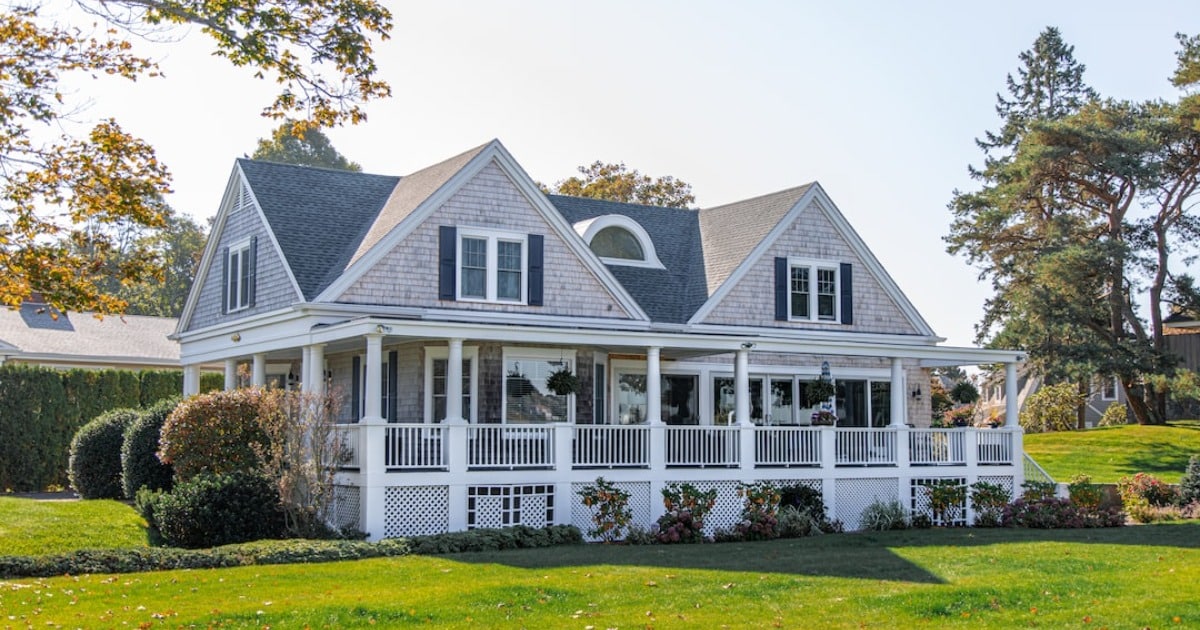At Arizona Roofing Company, we understand that living in an area with extreme weather conditions requires a roofing solution that can stand up to the challenge. Whether it’s scorching heat, torrential rain, or high winds, your roof should be a shield that keeps you and your loved ones safe and comfortable. In this article, we’ll dive into the world of roofing resilience, exploring how to choose the right materials and design to ensure your roof can handle the toughest conditions.
The Impact of Extreme Weather on Roofs
Living in an area prone to extreme weather, such as the desert heat or monsoon rains, exposes your roof to constant challenges. UV rays, temperature fluctuations, heavy rain, and strong winds can weaken even the most robust roofing structures over time.
Choosing the Right Roofing Materials
Metal Roofing
Pros: Metal roofs are exceptionally durable and can withstand high winds, rain, and hail. They reflect sunlight, keeping your home cooler in intense heat.
Cons: Initial installation costs can be higher, but the longevity and energy efficiency of metal roofs make them a worthwhile investment.
Impact-Resistant Shingles
Pros: These shingles are designed to resist damage from hail and debris. They come in various styles, mimicking traditional shingles while offering enhanced durability.
Cons: Impact-resistant shingles might be slightly more expensive than standard shingles, but their ability to withstand extreme weather can save you money in repairs.
Concrete Tiles
Pros: Concrete tiles are fire-resistant, durable, and can handle heavy winds and rains. They’re also energy-efficient, providing insulation that keeps your home comfortable.
Cons: The weight of concrete tiles might require additional roof support. Regular maintenance is essential to prevent cracking or chipping.
Design Considerations for Extreme Weather
Slope and Pitch
A steeper roof slope helps water, snow, and debris slide off easily, reducing the risk of damage caused by pooling or accumulation.
Reinforcements
Proper reinforcement of the roof’s structure, especially in areas susceptible to hurricanes or heavy snow, is crucial to prevent collapse.
Proper Drainage
Effective drainage systems, including gutters and downspouts, prevent water from pooling and causing leaks or structural damage.
Maintenance: The Key to Longevity
Regular inspections and maintenance are the keys to a resilient roof. Addressing minor issues promptly can prevent them from escalating into major problems.
FAQ – Top 5 Questions About Roofing Resilience
Can I install a metal roof on my existing structure?
Yes, a metal roof can often be installed over an existing roof. However, it’s crucial to assess the condition of the current roof and consult professionals like Arizona Roofing Company.
How do impact-resistant shingles work?
Impact-resistant shingles are made with stronger materials that can withstand the impact of hail and debris. They’re tested to ensure they meet industry standards for durability.
Are concrete tiles suitable for all climates?
Concrete tiles are versatile and can be used in various climates. They’re especially suitable for hot and humid climates due to their heat-resistant properties.
What’s the ideal roof slope for heavy snow regions?
In regions with heavy snowfall, a steeper roof slope, typically above 6:12, is recommended to prevent snow accumulation and potential collapse.
How often should I inspect my roof for damage?
Regular inspections should be conducted at least twice a year, before and after the extreme weather seasons. Additionally, check your roof after any severe weather events.
Conclusion
When it comes to roofing resilience in extreme weather climates, there’s no room for compromise. At Arizona Roofing Company, we’re dedicated to helping you secure your home with roofing solutions that can endure whatever Mother Nature throws your way. Contact us at 480-526-9455 or visit our website to learn more about how we can fortify your roof against extreme weather conditions.




